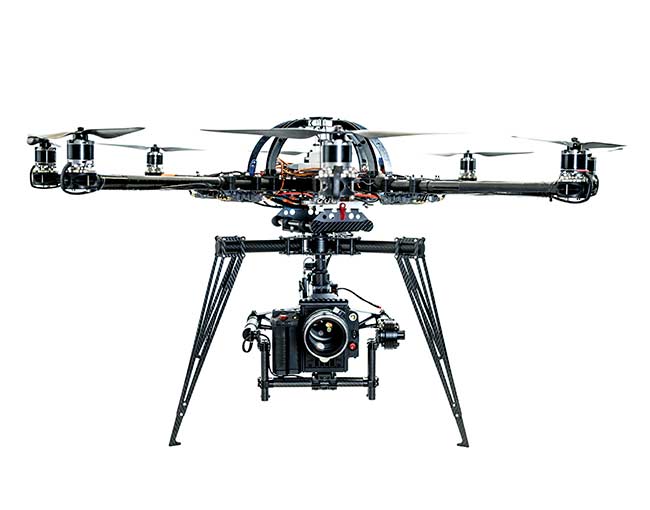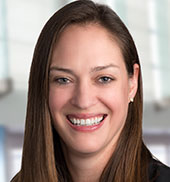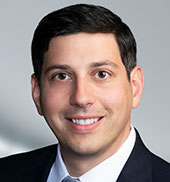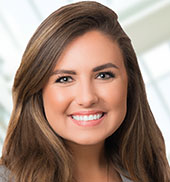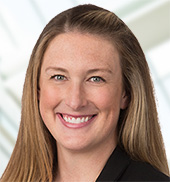The use of unmanned aircraft systems (“UAS” or drones) has grown by leaps and bounds over the last several years, and this explosion has reached college campuses. Drones are being used for research and development, academic course growth, marketing and, of course, athletics. As a result, there has been a lot of discussion about the best way to accomplish safe integration of UAS, not only on campus, but also into the national airspace system (“NAS”) at large.
This article details the quite recent history of UAS regulations, outlines the Section 333 exemption process, and discusses liability and safety concerns specific to the use of UAS in a college or university setting. Regulation of drone use is on the rise, but it is still possible for organizations to follow the registration process and successfully obtain a federal exemption to use UAS on campus for commercial purposes.
Background
Starting in the early 1980s, recreational and hobbyist model airplane enthusiasts enjoyed virtually unfettered access to the nation’s airspace without obtaining specific FAA authorization, as long as they adhered to a set of voluntary Model Aircraft Operating Standards guidelines. These voluntary guidelines suggested that recreational/hobbyist modelers stay away from populated or noise-sensitive areas, keep flights to less than 400 feet, notify an airport operator if flying within three miles of the same, give right of way, and avoid flying in proximity of manned aircraft.
In 2007, the FAA discovered that these voluntary guidelines, Advisory Circular 91-57, were being used as a basis for commercial UAS flight operations, which was contrary to the FAA’s position that AC 91-57 excluded flying UAS for business or commercial purposes. Federal statutes defined business or commercial purposes as “the transportation of persons or property for compensation or hire.”
In February 2012, Congress passed the FAA Modernization and Reform Act (the “2012 Act”), which required the FAA to develop a plan and final regulations for integrating UAS into the NAS. To that end, the FAA published a Notice of Proposed Rulemaking (“NPRM”) on February 23, 2015, regarding the “Operation and Certification of Small Unmanned Aircraft Systems.” The FAA is anticipating that the Final Rule will be published sometime in late spring or early summer 2016. In the interim, the FAA, in accordance with Section 333 of the 2012 Act, is reviewing and granting exemptions to entities wishing to use UAS for commercial purposes. To date, the FAA has granted over 3,000 Section 333 exemption applications to commercial entities, colleges and universities for a myriad of uses including, but not limited to, research and development, infrastructure inspections, agricultural mapping, search and rescue, aerial photography, videography and filmmaking.
Section 333 Exemptions
To lawfully operate a UAS outside for commercial purposes, one needs a Section 333 exemption, which are granted on a case-by-case determination based on whether a specific drone operation is appropriate for use in the NAS. The Section 333 exemption application requires the applying entity to specify the UAS(s) that will be used, the purpose of the use, the locations of the use, proximity to any airports, and how the UAS will be operated.
Typically, the FAA requires Section 333 exemption recipients to adhere to the following parameters:
(a) drone and payload must weigh under 55 pounds;
(b) flights restricted to operating during the day;
(c) speeds less than 50 knots and maximum altitude of 400 feet;
(d) drone must be operated within the visual line of the pilot in command (PIC) and the PIC must use another visual observer to assist him/her;
(e) cannot fly drone within five miles of airport or from a moving vehicle; and
(f) must maintain UAS documents at the ground station from which UAS is operating.
If the FAA approves the Section 333 application, the exemption holder must also obtain a Certificate of Waiver or Authorization (“COA”). The COA is essentially an approval to operate a drone at a specific time and place. The drone operator must have or hire a pilot with an FAA-issued sport pilot license and operate within the confines of applicable flight regulations and the terms of the FAA exemption.
Penalties for non-compliance
Entities flying drones for commercial use but not complying with FAA regulations are subject to a variety of FAA actions and heavy civil penalties.
State and local laws
In addition to FAA regulations, many states have proposed and/or passed legislation regarding the use of drones. Cities and counties have passed local ordinances governing drone use as well. A review of the state and local laws and regulations affecting drone use where the operator plans to fly the drone should be completed as part of the drone use evaluation process.
New UAS registration rules
As of December 21, 2015, UAS operators must register any aircraft weighing more than 0.55 lbs (250 g) before operating it outdoors. Registrants must be older than 13 years and U.S. citizens (or legal permanent residents). This registration requirement captures hobbyists and recreational users, in addition to commercial operators. After registering and paying a $5 fee for a registration number, the operator must mark each UAS with the number, thereby aiding the agency (and others) to identify the drone’s owner in the future. Educational institutions will want to make sure their drones, and any operated by students or staff on campus, are properly registered.
Other issues for higher ed
UAS technology can be useful on campuses in providing its users with unique aerial perspectives. For instance in athletics, UAS can give coaches a different view when analyzing player movement. Teams that are using drones value the unique perspective they provide, and coaches are becoming more interested in using UAS as an additional coaching tool. Universities have also used drone footage as part of promotional material on their websites and for analytical data that cannot be gathered from traditional ground video equipment or photography.
Despite the apparent advantages that might come with authorized UAS usage, there are concerns that come along with the unpredictability of certain drone operations, including pilot error and equipment malfunctions. Because of these risks, institutions may want to consider limiting the environment in which they permit UAS operations, such as creating a closed environment versus those more open to the general public. Although such limitations may reduce risk, it may not eliminate the risk to employees or campus visitors that happen to be within the drone’s vicinity even if the UAS is being flown indoors, where an FAA Section 333 exemption is not required.
Organizations should also carry appropriate insurance to cover the various risks and liabilities associated with drone use and, if the organization is utilizing a third party drone operator, it should require that provider to obtain its own insurance as well. Appropriate insurance should include coverage for personal injury, invasion of privacy, and property damage. The main providers in the drone insurance space are currently offering tailored coverages for operating drones for commercial purposes.
As an added help to up-and-coming UAS pilots, the FAA released in January 2016, a mobile application, "B4UFLY," that assists operators in determining whether planned operations can be safely (and legally) performed. B4UFLY alerts an operator to important airspace issues near the pilot’s location and can help avoid inadvertent violations of the law. Institutions should likewise be aware of this and other technology (such as Geo fencing software and other location awareness applications) to help control where drones can and cannot fly on campus.
Bob Wallace is chair of Thompson Coburn’s Sports Law Group. He can be reached at rwallace@thompsoncoburn.comor 314-552-6509. Sean McGowan is co-chair of the Unmanned Aircraft Systems Group, and can be reached at smcgowan@thompsoncoburn.comor (202) 585-6976.

